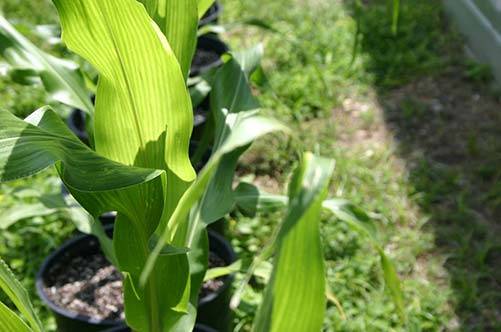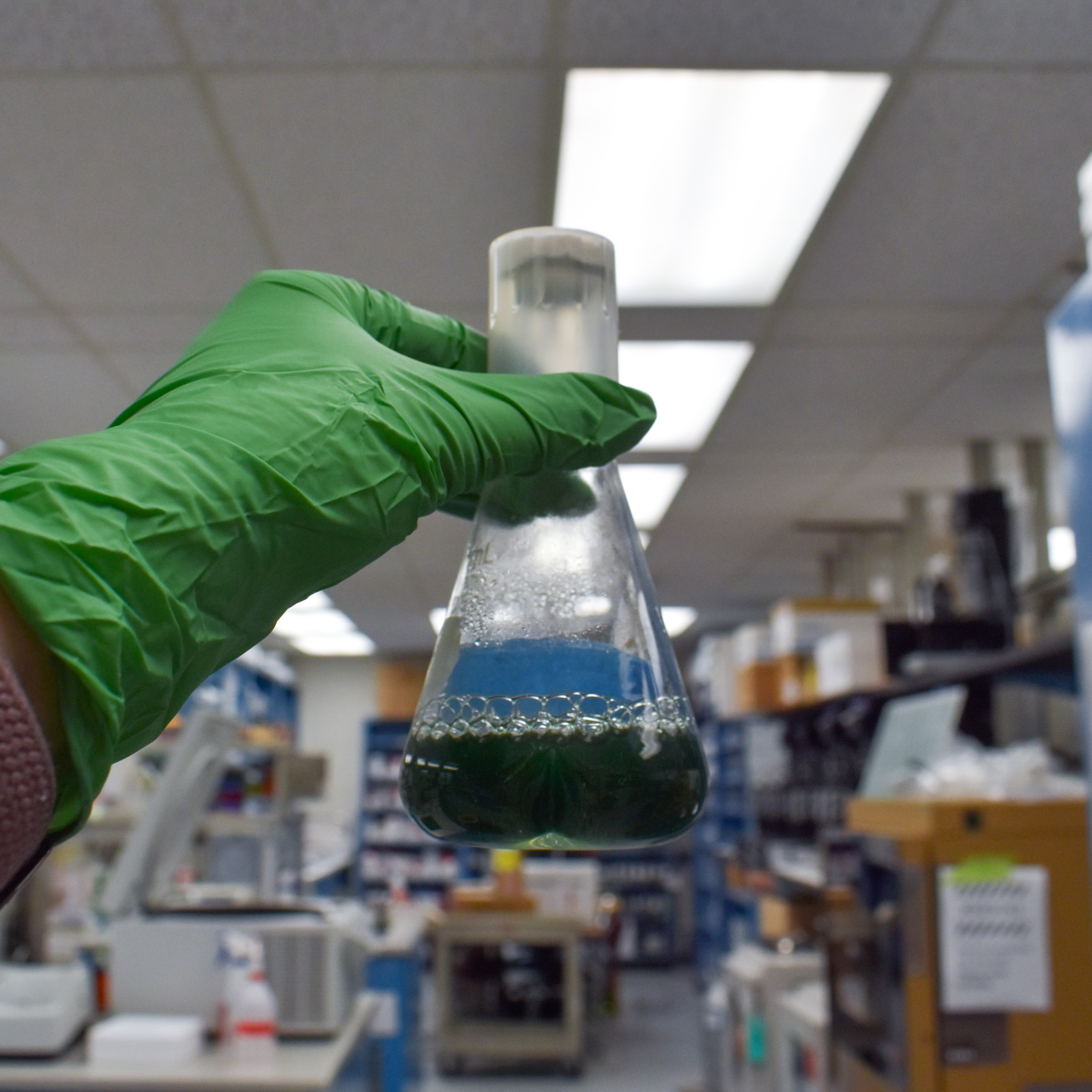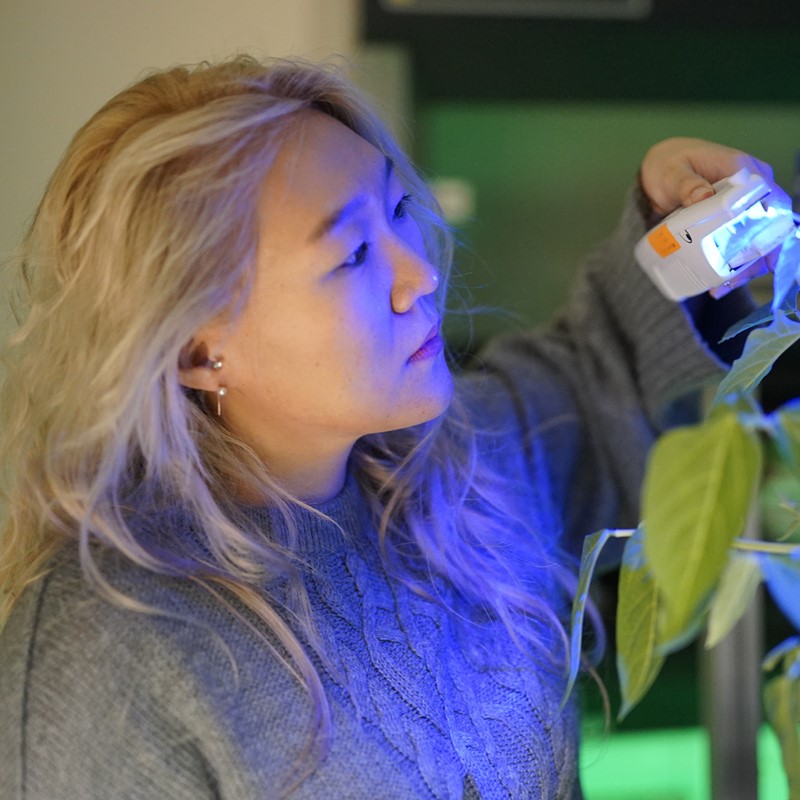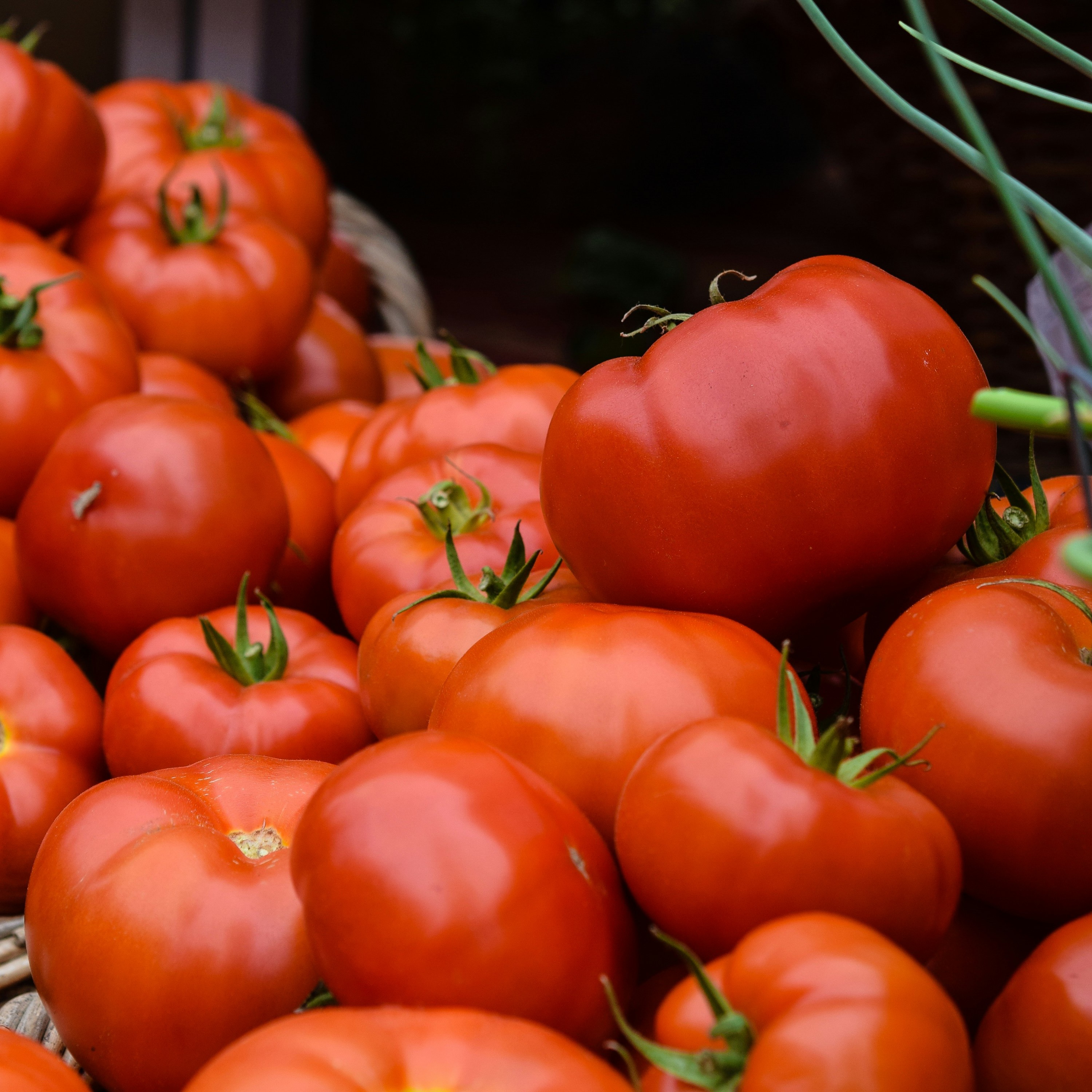Identifying transcription factor networks that protect maize when its main cellular biofactory is under stress
Scientists have identified new transcription factor networks and their dynamic activities that protect the endoplasmic reticulum in situations requiring the production of large quantities of proteins.

Courtesy of Dae Kwan Ko
Scientific Achievement
Plant biomass accumulation largely depends on protein biosynthesis in the endoplasmic reticulum, a conserved organelle across eukaryotes. Using a high-throughput protein-DNA interaction assay and transcriptome analyses, we identified new transcription factor networks and their dynamic activities that protect the endoplasmic reticulum in situations requiring the production of large quantities of proteins.
Significance and Impact
When plants undergo stressful situations, like drought or high heat, the endoplasmic reticulum can accumulate unfolded or misfolded proteins, leading to cell death and crop loss. A conserved signaling pathway, the unfolded protein response (UPR), functions to restore the balance between protein folding capacity and demand through transcriptional mechanisms that are not fully understood. This study identified new transcriptional factors controlling the activity of the UPR in maize. These results are foundational for understanding transcription regulatory mechanisms in the stress responses and crop improvement.
Research Details
- A potentially lethal condition, known as endoplasmic reticulum (ER) stress, is buffered by the unfolded protein response (UPR), a set of signaling pathways designed to either recover ER functionality or ignite programmed cell death. The regulatory transcriptional landscape underpinning ER stress management is largely unmapped, especially in crops.
- To address this knowledge gap, we performed a large-scale systems-level analysis of protein-DNA interaction (PDI) network in maize (Zea mays). Using 23 promoter fragments of six UPR marker genes in a high-throughput enhanced yeast one-hybrid (eY1H) assay, we identified a highly interconnected network of 262 transcription factors (TFs) associated with significant biological traits and 831 PDIs underlying the UPR.
- We established a temporal hierarchy of TF binding to gene promoters within the same family as well as across different families of TFs.
- Cistrome analysis revealed the dynamic activities of a variety of cis-regulatory elements (CREs) in ER stress-responsive gene promoters. By integrating the cistrome results into a TF network analysis, we mapped a subnetwork of TFs associated with a CRE that may contribute to the UPR management.
- Finally, we validated the role of a predicted network hub gene using the Arabidopsis system.
Related people: Dae Kwan Ko and Federica Brandizzi (CA)
DOI: 10.1111/tpj.15044



